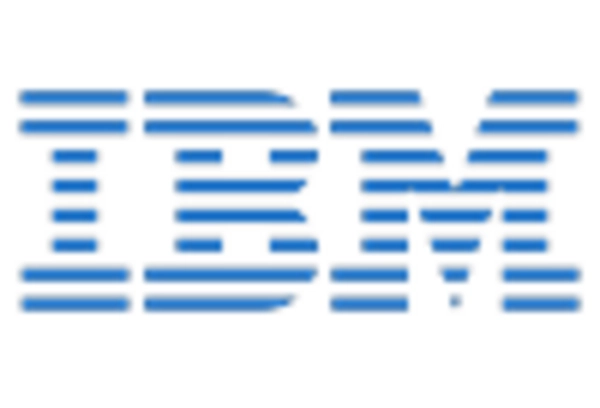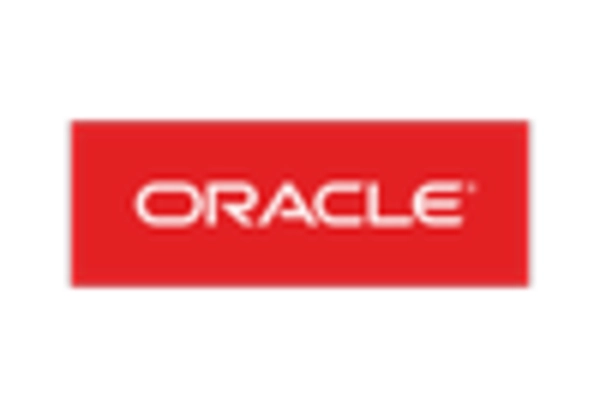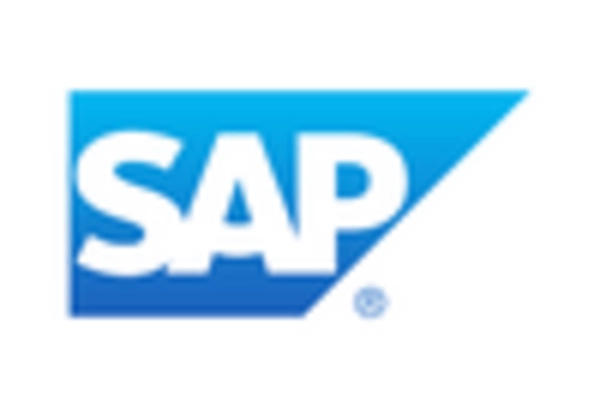Increased Data Volume
The exponential growth of data generated by businesses in the US is a primary driver for the database management-system market. As organizations increasingly rely on data for decision-making, the need for efficient data storage and management solutions becomes paramount. According to recent estimates, data generation in the US is projected to reach 175 zettabytes by 2025. This surge necessitates robust database management systems capable of handling vast amounts of information. Companies are seeking solutions that not only store data but also provide analytics capabilities, thereby enhancing operational efficiency. The database management-system market is thus experiencing heightened demand as businesses strive to leverage their data assets effectively.
Regulatory Compliance Requirements
The landscape of regulatory compliance in the US is evolving, with organizations facing stringent data governance and privacy regulations. Laws such as the California Consumer Privacy Act (CCPA) and the Health Insurance Portability and Accountability Act (HIPAA) impose strict requirements on data handling and storage. This regulatory environment drives the database management-system market as companies invest in systems that ensure compliance and mitigate risks associated with data breaches. The market is likely to see a surge in demand for solutions that offer built-in compliance features, enabling organizations to navigate the complex regulatory landscape while maintaining data integrity and security.
Emergence of Hybrid Cloud Solutions
The shift towards hybrid cloud architectures is reshaping the database management-system market. Organizations in the US are increasingly adopting hybrid models that combine on-premises infrastructure with cloud services. This trend allows businesses to optimize their data management strategies by balancing performance, scalability, and cost. According to industry reports, the hybrid cloud market is expected to grow at a CAGR of over 20% through 2025. As companies seek flexibility and agility in their operations, the demand for database management systems that seamlessly integrate with both cloud and on-premises environments is likely to rise, driving innovation and competition in the market.
Advancements in Database Technologies
Technological advancements in database management systems are driving innovation within the market. The introduction of new database architectures, such as NoSQL and NewSQL, is enabling organizations to handle diverse data types and workloads more effectively. These advancements allow for improved scalability, performance, and flexibility, catering to the evolving needs of businesses in the US. As organizations seek to modernize their data infrastructure, the database management-system market is likely to witness increased investment in cutting-edge technologies. This trend not only enhances the capabilities of database systems but also fosters competition among vendors to deliver superior solutions.
Growing Demand for Real-Time Analytics
The need for real-time data analytics is becoming a critical factor in the database management-system market. Businesses in the US are increasingly recognizing the value of timely insights for competitive advantage. As a result, there is a growing demand for database management systems that support real-time data processing and analytics capabilities. This trend is particularly evident in sectors such as finance, retail, and healthcare, where timely decision-making can significantly impact outcomes. The market is responding to this demand by offering solutions that enable organizations to analyze data as it is generated, thereby enhancing responsiveness and operational efficiency.

















Leave a Comment